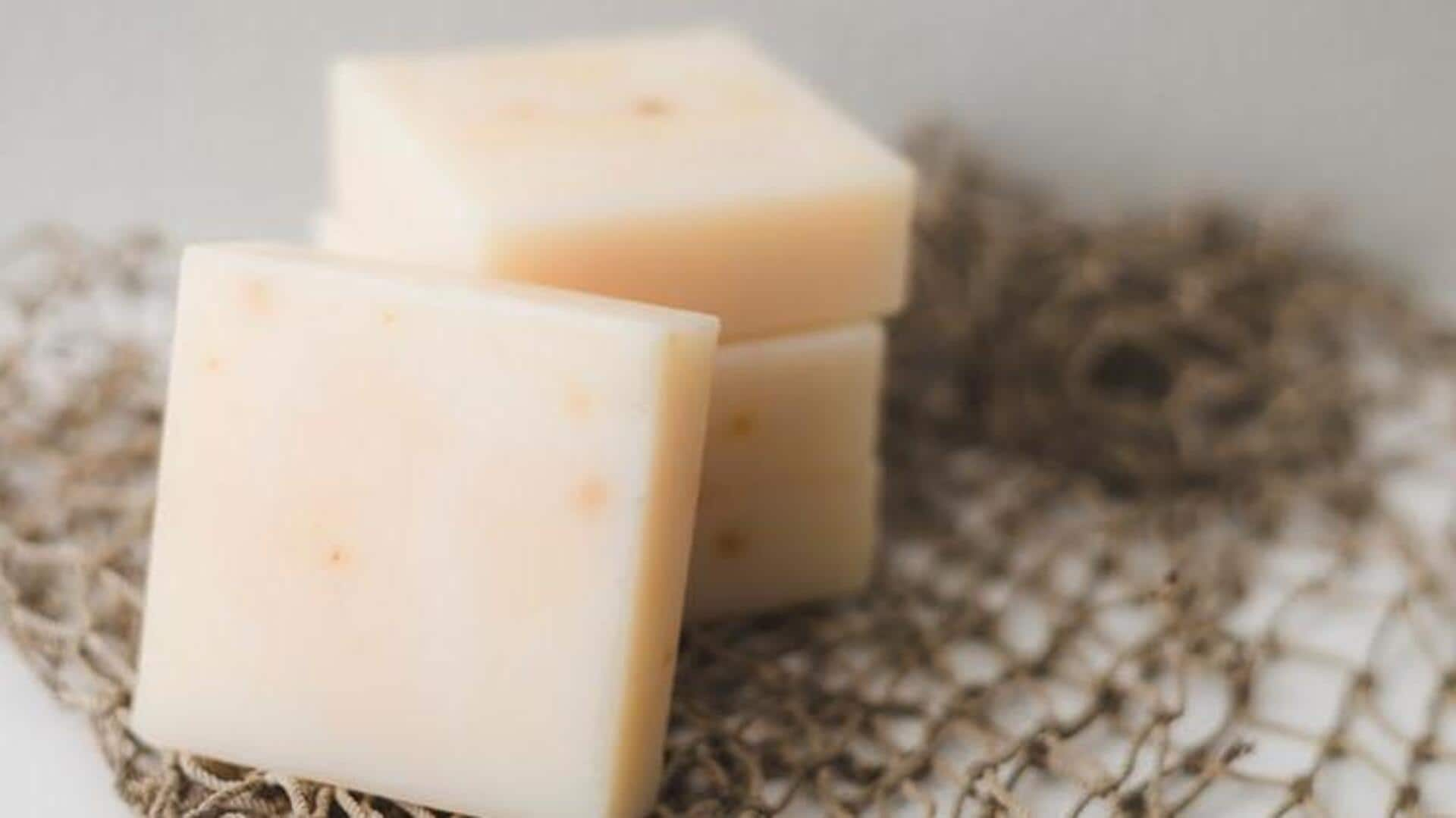
How to make vegan cheese like a pro
What's the story
Making vegan cheese at home can be a rewarding experience.
With the right ingredients and techniques, you can craft delicious alternatives to satisfy plant-based diets.
This guide will walk you through essential tips and tricks to help you make vegan cheese like a pro.
Whether you're new to vegan cooking or looking to refine your skills, these insights will provide valuable guidance for your culinary journey.
Base selection
Choosing the right base ingredients
The base ingredients of a good vegan cheese are its foundation.
Most commonly nuts like cashews and almonds, or soy products (tofu).
Each base has its own texture and flavor, so trying different ones can give you different results.
Soak nuts before blending for a smoother consistency.
If you're allergic to nuts, seeds like sunflower or pumpkin seeds are a great alternative.
Flavor crafting
Mastering flavor profiles
Flavor is key to make vegan cheese appealing and satisfying.
Nutritional yeast is often used for its cheesy taste, while lemon juice adds tanginess.
Garlic powder, onion powder, and smoked paprika can enhance depth of flavor.
Balancing these elements requires tasting as you go along to achieve the desired profile.
Remember that flavors develop over time; allowing your cheese to sit overnight can intensify its taste.
Texture techniques
Achieving desired texture
Texture is key to mimicking traditional cheeses.
Agar-agar or tapioca starch are popular thickeners that lend firmness to block-style cheeses when cooked properly with liquid bases like water or plant milk.
For creamy spreads/dips, blending till smooth is a must; adding small amounts of water gradually helps control thickness without compromising texture.
Fermentation process
Fermentation for authenticity
Fermentation adds complexity to vegan cheese by using beneficial bacteria from probiotics like miso or rejuvelac.
These are prepared from sprouted grains like quinoa, fermented in water for a few days.
Recipes may call for fermentation for 12 to 48 hours, depending on what you're going for.
Though it takes experimenting and patience, it leads to a satisfying final product rich in flavor and authenticity.